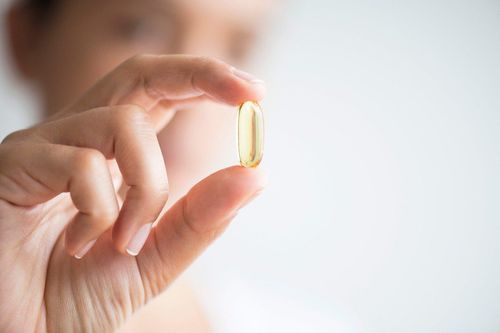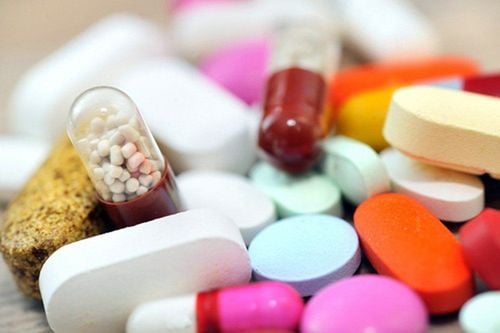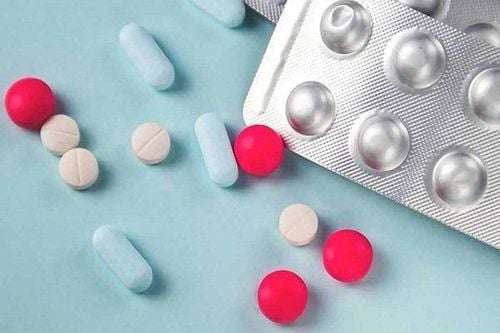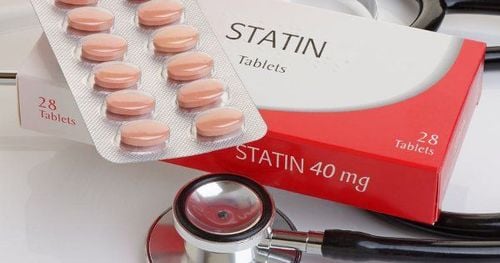This is an automatically translated article.
Type 1 diabetes is a dangerous disease that requires the patient to adhere to a lifelong treatment plan. Care is important in reducing the risk of serious life-threatening complications.1. What is type 1 diabetes?
Type 1 diabetes, also known as insulin-dependent diabetes and juvenile diabetes, can occur at any age but is more common in children and adolescents. and youth. In type 1 diabetes, the person's pancreas produces little or no insulin, thus requiring lifelong insulin therapy.The causes of type 1 diabetes are still not fully understood. In most cases, type 1 diabetes is caused by the body's own immune system attacking and destroying the part of the pancreas that produces insulin. The condition occurs over a period of time, so in the early stages of type 1 diabetes, the person may not have any noticeable symptoms. It is only when the number of insulin-producing cells is affected enough that it begins to affect the amount of insulin produced. When insulin levels are low, blood sugar levels rise and symptoms of diabetes begin to occur.

Because type 1 diabetes is an autoimmune disease, people with other autoimmune diseases like Hashimoto's disease or primary adrenal insufficiency (also called Addison's disease) are also more likely to develop type 1 diabetes.
2. Self-care guide for type 1 diabetes
Eat healthy foods
The foods in a diabetes treatment plan are often the same foods that are good for everyone, such as foods that are low in fat, low in salt, low in sugar, and high fiber such as beans, fruits, vegetables and whole grains. Eating right will help you:
Achieve and maintain a healthy weight Keep your blood sugar within an acceptable range Prevent heart and blood vessel disease If you are not sure about a diabetic diet, you should Consult a dietitian to help the patient make a meal plan for himself and his family.

Người bệnh cần có chế độ ăn khoa học
Self-inject insulin at the right dose and in the right place, at the right place. Eat the same amount of food at each meal and at the same time. Don't skip meals, especially if you've had insulin injections. If you don't eat, your blood sugar can drop too low. Exercise regularly
Daily exercise is not only good for diabetics but good for everyone such as:
Walking Swimming Dancing Cycling Playing sports Cleaning the house or taking care of the garden. Exercise is especially good for people with diabetes because:
Helps lose weight and keep it off. Helps insulin lower blood sugar more easily. Helps the heart and lungs work better. Exercise provides more positive energy. Before starting to exercise, patients should consult with their doctor about what type of exercise is appropriate for their condition. If accompanied by high blood pressure or eye problems, certain exercises, such as weightlifting, may not be safe for you.

Một số bài tập thể dục không phù hợp với bệnh nhân
You should try to exercise at least three times a week and for about 30 to 45 minutes each time. If you can't exercise continuously, you can do it for about 5 to 10 minutes first, then gradually lengthen it.
If you haven't eaten for more than an hour or if your blood sugar is below 100-120, eat an apple or drink a glass of milk before exercising. When exercising, you should bring a snack in case your blood sugar drops a lot. Also, when going out to exercise, you should wear your identification card or other personal documents to let others know you have diabetes.
If you use insulin :
You will have to exercise after eating, not before eating. Check your blood sugar before, during, and after exercise. Do not exercise when blood sugar is higher than 240. Avoid exercising before bedtime as exercise will cause blood sugar to drop during the night. Don't smoke: Smoking increases the risk of diabetes complications such as:
Decreased blood flow in the legs and feet, leading to conditions that facilitate infections, ulcers, and surgical removal of a body part with surgery (amputation) Heart disease Stroke Eye disease, which can lead to blindness Nerve damage Kidney disease Early death

Người bệnh không nên hút thuốc lá
Talk to your doctor about ways to help you quit smoking or using other types of tobacco.
Control blood pressure and cholesterol
Like diabetes, high blood pressure can damage your blood vessels. High cholesterol is also a concern, as damage is often worse and faster when you have diabetes. When these conditions go together, there is an increased risk of heart attack, stroke, or other life-threatening conditions.
The patient should follow a healthy diet, reduce fat and exercise regularly or the doctor can also prescribe medication if necessary.
Routine health checkup
Patients should schedule two to four times a year to have their diabetes checked. During the exam, your doctor will ask about your nutritional status and activity level, look for any complications related to diabetes such as signs of kidney damage, nerve damage, and heart disease, as well as as screening for other medical problems.
An ophthalmologist will check for signs of retinal damage , cataracts and glaucoma .

Định kỳ khám sức khỏe giúp người bệnh được phát hiện bệnh lý sớm
Get vaccinated
Diabetes puts people at increased risk of certain diseases, so getting vaccinated can help prevent these diseases like:
Flu vaccine . Pneumonia vaccine. Hepatitis B vaccine . Other vaccines such as tetanus or other vaccines recommended by your doctor. Oral Care
Diabetes can make you more susceptible to gum infections. Therefore, you should brush your teeth at least twice a day with a fluoride toothpaste, floss every day, and schedule dental checkups at least twice a year.
At Vinmec International General Hospital, we always deploy a screening package for diabetes and dyslipidemia to help detect pre-diabetes early, accurately classify diabetes type, develop a nutritional regimen, monitoring to minimize the risk and complications caused by diabetes.
Customers can directly go to Vinmec Health system nationwide to visit or contact the hotline here for support.
Reference article source: mayoclinic.org
MORE:
Diagnosis and treatment of type 1 diabetes Detailed distinction of type 1 and type 2 diabetes according to the guidelines of the Ministry of Health Genetics and type diabetes first













